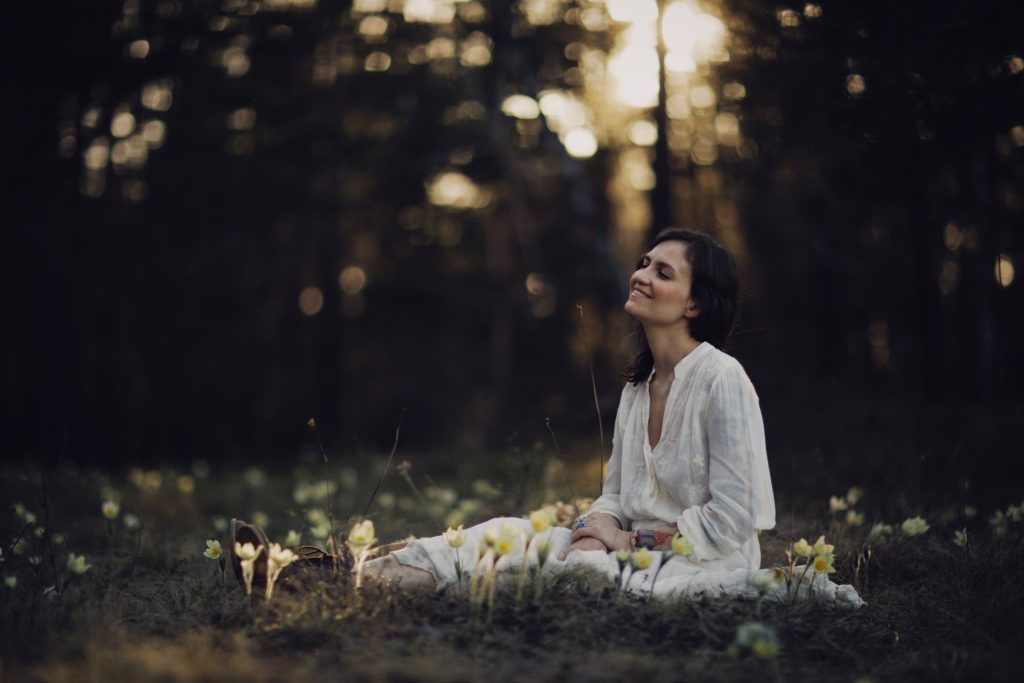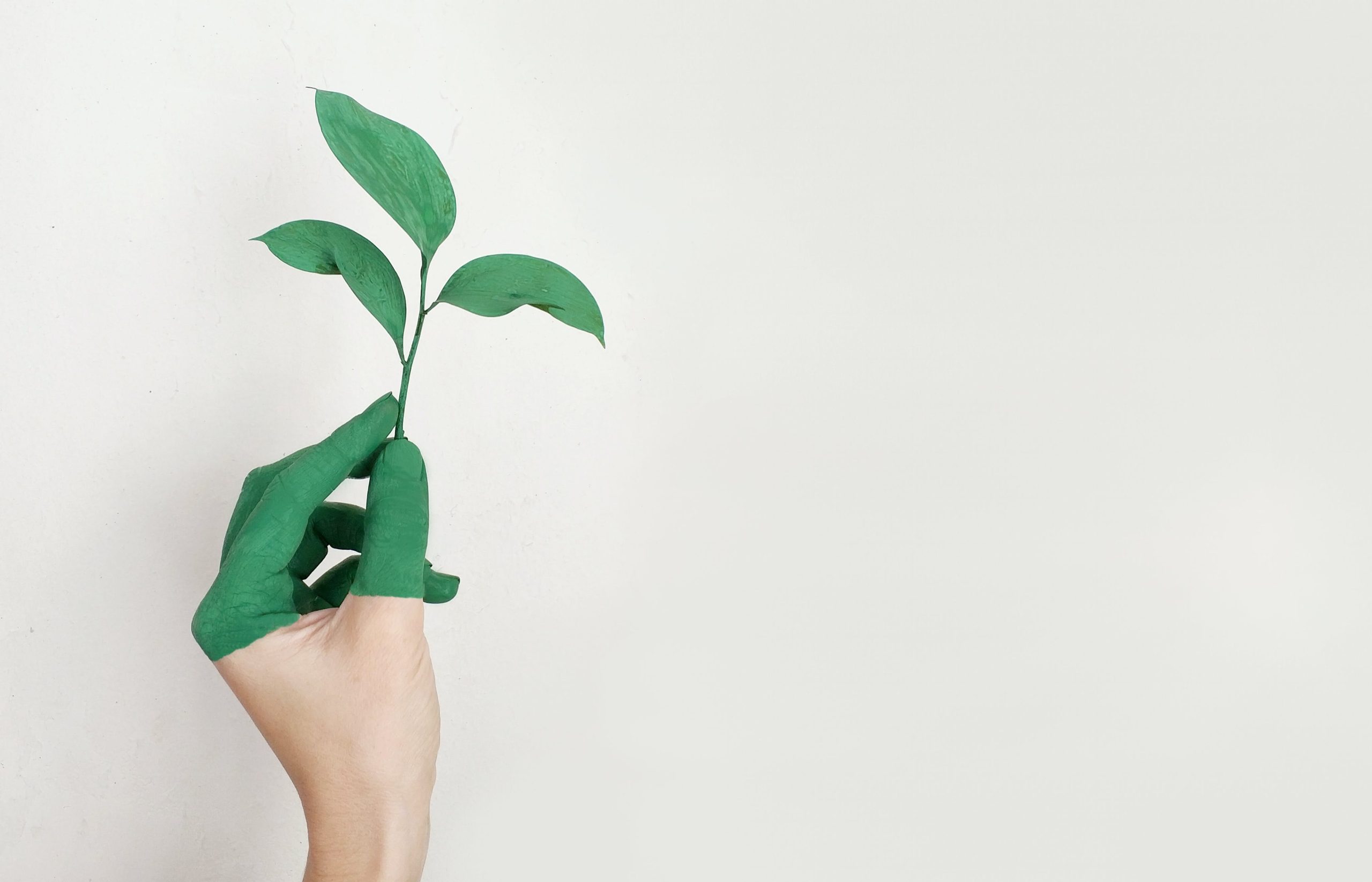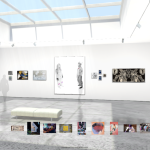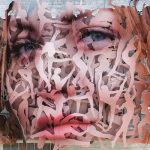There is a way less traveled in the maze of creativity, Whereby, whispers of nature mingle flawlessly with the strokes of the artist’s brush. This path, known as Eco-therapy, is more then the simple fusion of flora, fauna, and the creative lens, its an experience that transcends conventional artistic limitations. This essay delves into this untapped terrain, revealing how the novelty of eco-therapy is redefining the borders of creativity.
What is Eco-therapy ?
Eco-Therapy often known as nature therapy or green therapy, a type of treatment that incorporates divers outdoor activities to boost and preserve mental as well as physical well-being. This serene practice, nested in the notion that humans are viscerally linked to and influenced by the natural environment.
- Roots of Eco-therapy
This Therapy is the offspring of Biophilia hypothesis, a theory proposed by the well-established biologist E.O. Wilson in 1984. Wilson proposed that humans have an inbuilt need to connect with nature and other forms of life. Thus, denoting such inherent tendency as an integral part of emotional, psychological, and physical health.
- Early popularization
Howard Clinebell first coined and popularized the term “Eco-Therapy” in the late 1996, presenting it as ” healing and growth nurtured by healthy interaction with earth”. In addition, He was a pastoral counselor who understood the therapeutic value of nature’s proximity. The concept, However, predates the term, with various cultures and traditions embracing the role of nature in spiritual practices and healing processes.
- Forms and Types:
Wilderness Therapy: in a form of expeditions into the wild, inner depth of nature for personal growth, usually used for troubled youth. Horticultural therapy; relies on the act of gardening and plant cultivation as a therapeutic and rehabilitating process. Animal-Assisted Therapy; close bounds with animals, like horses or dogs to boost emotional growth. Forest Bathing; An ancient Japanese practice leveraging the time spent in forests for relaxation and rejuvenating. Lastly, Conservation Activities; taking part in environmental conservation work, like tree planting, or wildlife protection, as a form of therapy.

Eco-therapy, now widely recognized as a viable tool for psychotherapy and self-improvement, Thus, actively used for the treatment of a wide spectrum of mental conditions, including stress, depression, and anxiety.
Intersection of Art, Creativity, and Green Therapy
The association between art and Eco-therapy, nested in the synergistic dynamics of creative expressions and nature’s healing properties. This correlation, scientifically grounded in the concept of biophilia which puts forth an innate human affinity for nature. Furthermore, when blending eco-therapy with the artistic process, it transcends basic aesthetic production and becomes a vehicle for emotional and psychological healing. Research in the realm of environmental psychology suggests that natural surrounding stimulate sensory awareness in a way that urban settings cannot, Thus, resulting in a notable improvement in terms of cognitive performance and creativity. This sort of engagement is more likely to stimulate the production of new and innovative ideas, owing to the tranquil, calm faculties of nature, reducing stress and anxiety levels while boosting attention spans, all essential aspects of the artistic process .
Furthermore, Connecting with natural component in art may be viscerally therapeutic, offering a distinct form of sensory awareness. The natural variables in terms of shapes, shades, textures, and pattern inspire artists, Thus, leading to more sophisticated and profound creative representations.

Green Therapy and Eco-Friendly Artists
Several well-known artists have resorted to green therapy as a source of inspiration, fueling their artistic process. For example, Andy Goldsworthy, a British artist, Photographer, and environmentalist. makes site-specific installations and sculptures using natural materials, reflecting the transient beauty of nature. Nils-Udo, noted for his nature-based installations, creates artworks that merges seamlessly with the environment, emphasizing the symbiotic relation between art and nature. The late Christo and Jeanne-Claude, Known for their large-scale environment works, employed nature as both a backdrop and a medium, illustrating how art can modify and interact with the environment.
As we reach the end of our examination, It’s evident that this practice has more to offer then mere breaks from our frantic lives; it lays the groundwork for deeper, more harmonious connection with the world around us.







